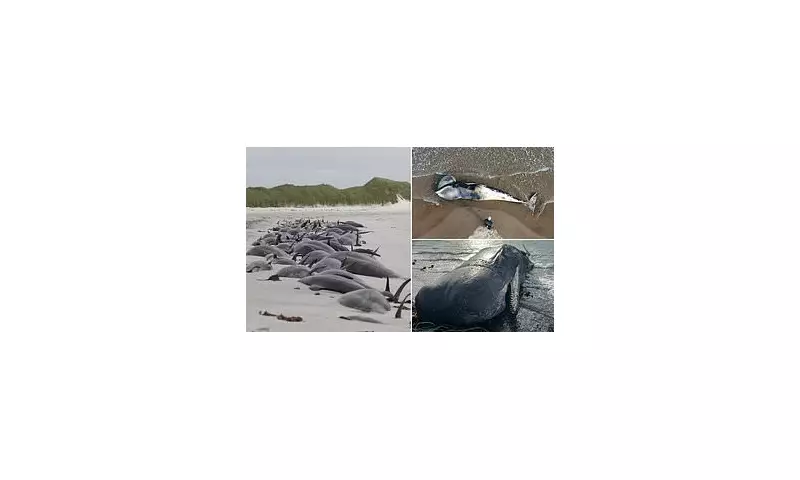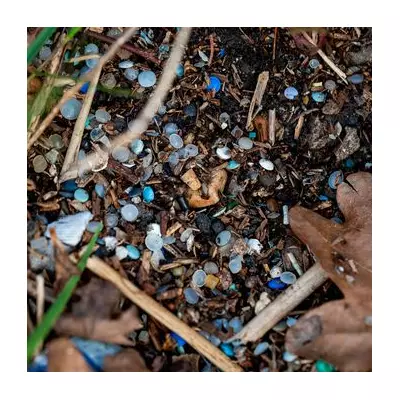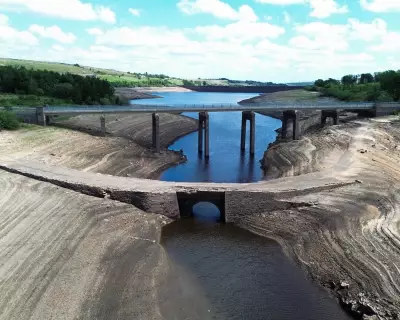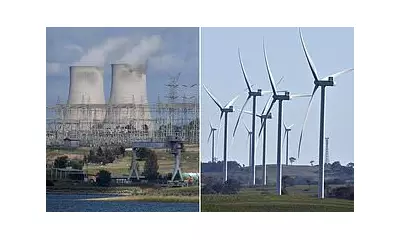
A profound and alarming marine crisis is unfolding around the British coastline, as a landmark scientific study exposes a shocking 15-fold increase in whale, dolphin, and porpoise strandings since the start of the 20th century.
The research, led by the UK Cetacean Strandings Investigation Programme (CSIP), paints a devastating picture of human impact on marine ecosystems. Analysing a century of data, scientists found the rate of strandings has skyrocketed from under 20 per year in 1913 to nearly 300 per year in 2015.
The Human Hand in a Marine Tragedy
This isn't a simple case of more reporting; it's a direct indictment of human activity. The report identifies several key man-made culprits driving this exponential rise:
- Deafening Naval Sonar: Powerful mid-frequency sonar used in naval exercises is known to cause catastrophic internal injuries, leading to mass strandings of deep-diving species.
- Ghost Gear & Bycatch: Animals are becoming entangled in lost fishing gear (ghost nets) or are accidentally caught as bycatch, suffering traumatic injuries and drowning.
- Marine Pollution: Toxins and plastic pollution accumulate in the animals' bodies, weakening their immune systems and leading to fatal diseases.
- Vessel Strikes: Increased shipping traffic results in more fatal collisions with large whales.
A Call to Action from Scientists
Professor Rob Deaville, project manager of the CSIP, stated the findings are a clear call for urgent policy intervention. "This isn't a natural phenomenon," he emphasised. "The evidence overwhelmingly points to pressures from human activities as a key driver behind these strandings."
The data reveals specific tragedies, such as the largest mass stranding in UK history in 2011, where 70 deep-diving beaked whales washed up in Kyle of Durness coinciding with naval exercises. While the Ministry of Defence acknowledges its duty to protect the environment, the correlation remains stark.
What Does the Future Hold?
This report serves as a critical barometer for the health of our marine environment. The steep upward trend suggests that without decisive action—such as stricter regulations on sonar use, investment in safer fishing technology, and a crackdown on ocean pollution—these sentinel events will only become more frequent, pushing vulnerable species closer to the brink.





